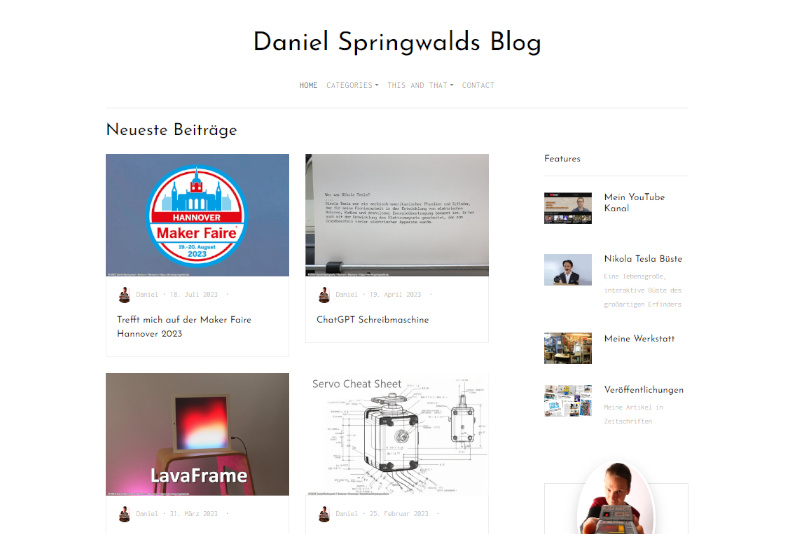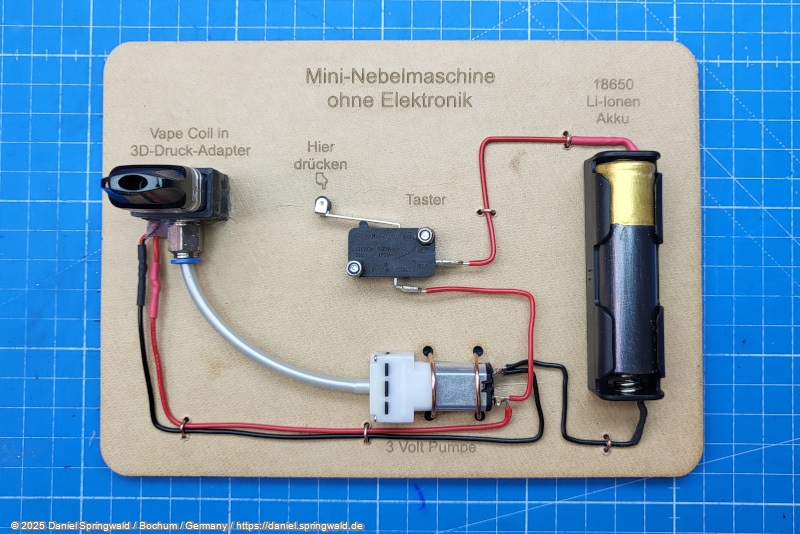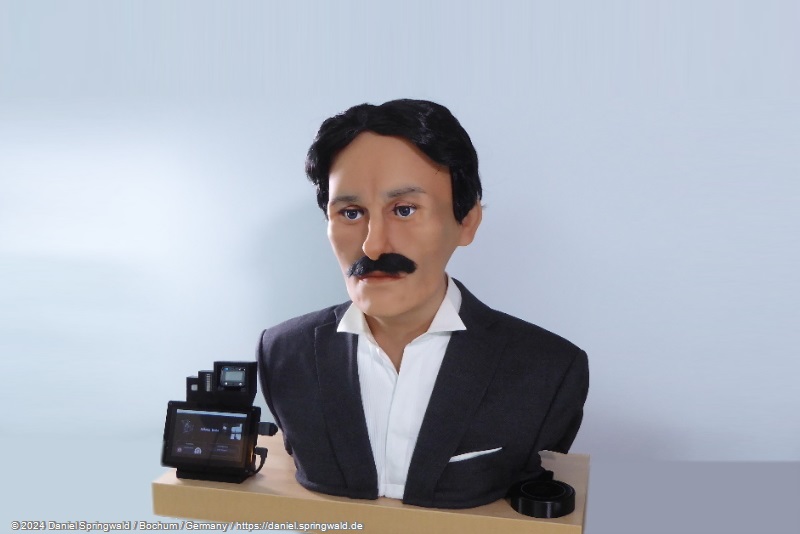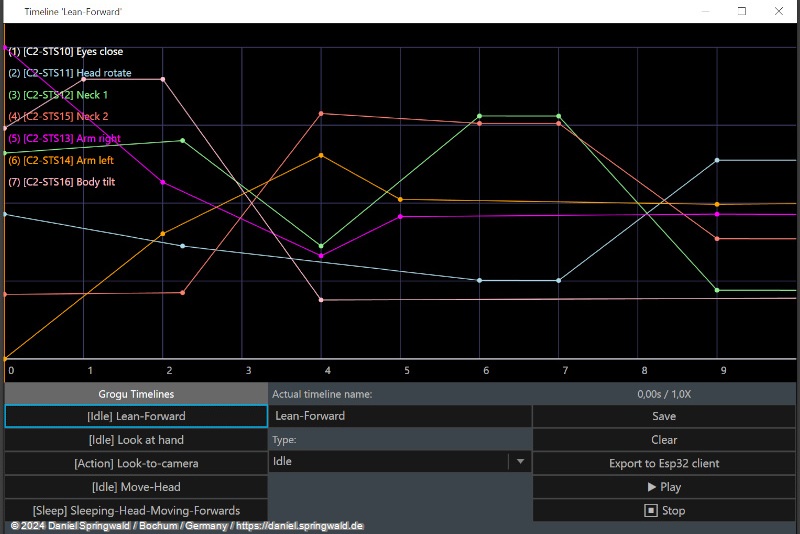This is an article from the Animatronic WorkBench Documentation
Microcontroller Clients
ESP32 boards are particularly suitable as microcontrollers, as they are very small and cheap, have WLAN and also have enough computing power to control the servos. Ideally, you should also connect a small display on which the current status of the servo positions, servo temperature and possible error messages are shown. This makes troubleshooting and debugging easier.
You can either solder the ESP32 yourself with the components used, but I have also had good experiences with the following two ready-made boards:
Waveshare ESP32 Servo Driver
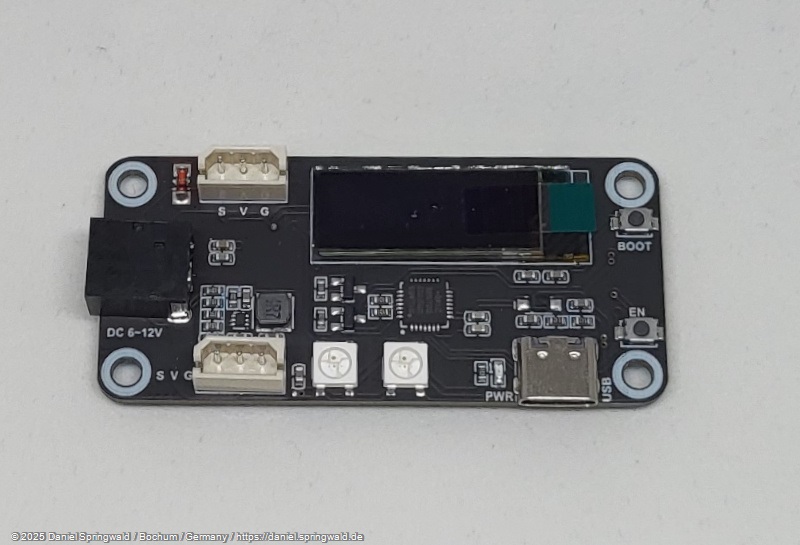
The Waveshare ESP32 Servo Driver Board isverysmallandalreadycontainsadisplayandready-to-useconnectorsforSTSservos.At25EUR,itisstillaffordable.Asabonus,italsohasanRGBLEDconnector(alsoknownasNeopixel) and even two such LEDs placed on the board. Unfortunately, no pins of the ESP32 are routed to the outside, so that you can no longer connect your own sensors or speakers. However, it is perfect for implementing such projects as the animatronic grogu.
M5Stack
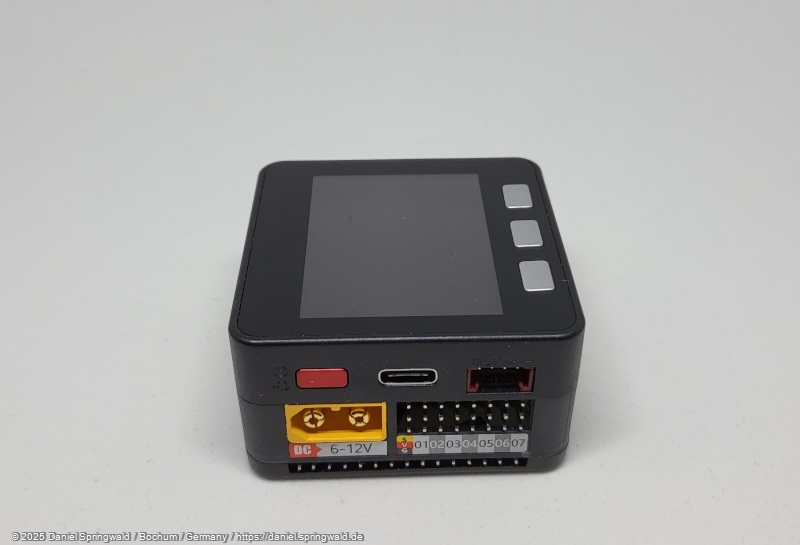
The M5Stack ESP32 Core Modules already come in a case with a display and often with a built-in battery. Most also have a speaker and other useful components installed. They are therefore very versatile and can also be expanded with other modules, e.g. via I2C bus. From my point of view, they are very suitable for projects with PWM servos, as there is also a suitable expansion module for them that fits directly to the housing.
M5Stack boards are the convenient all-round carefree package, so to speak - but they are also significantly more expensive than the Waveshare board.
Servos
STS Servos

The STS servos from Waveshare or Feetech are serial servos and can therefore be connected to the microcontroller very easily. For the fact that they use wear-free magnetic encoders instead of rotary potentiometers, they are still comparatively cheap and have a high resolution.
They can also be assigned per movement how high the acceleration and top speed may be and are therefore ideal for animatronic characters. If the servos get too hot during continuous operation, the serial servos can report this back to the ESP32 and initiate countermeasures.
The animatronic Grogu is based on these servos.
PWM Servos
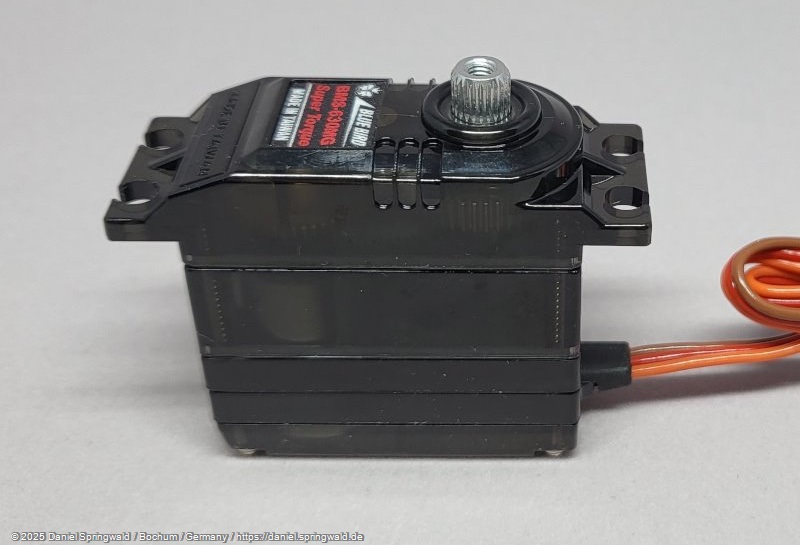
The classic model making servos are PWM servos. They are very cheap and widely available.
The primary disadvantage from my point of view is that they usually have no adjustable speed / acceleration and are therefore only suitable for animatronic figures to a limited extent. In addition, when the electronics are switched on, it can happen that they move into unsuitable positions, which, depending on the design, can lead to the figure destroying itself.
Dynamixel AX servos (possibly planned)
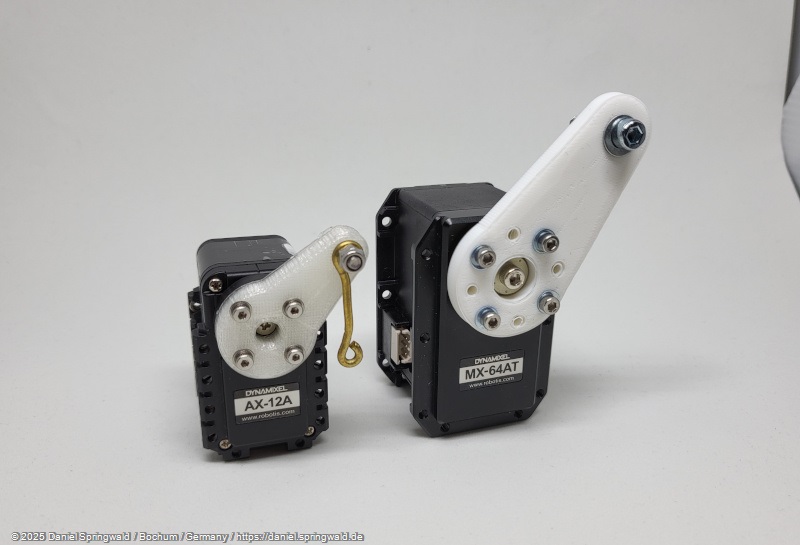
However, Dynamixel serial servos have a very high resolution, can generate very high torques and are still quite quiet. They are therefore ideal for large figures and can be found, for example, in the Nikola Tesla bust. However, they are also quite expensive. Unfortunately, I haven't found an open source implementation of the protocol so far, so I've only been able to use these servos in projects that I didn't later publish as open source myself. This makes it difficult to support in AWB, as I would have to write the protocol implementation myself.
LX servos (possibly planned)
The LX servos from LewanSoul are also serial servos, but with a different protocol.

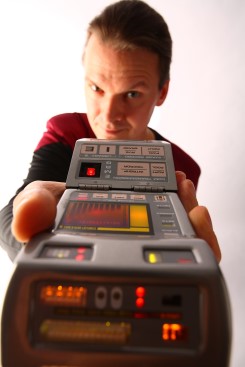 Daniel
Daniel deutsche Version anzeigen
deutsche Version anzeigen
